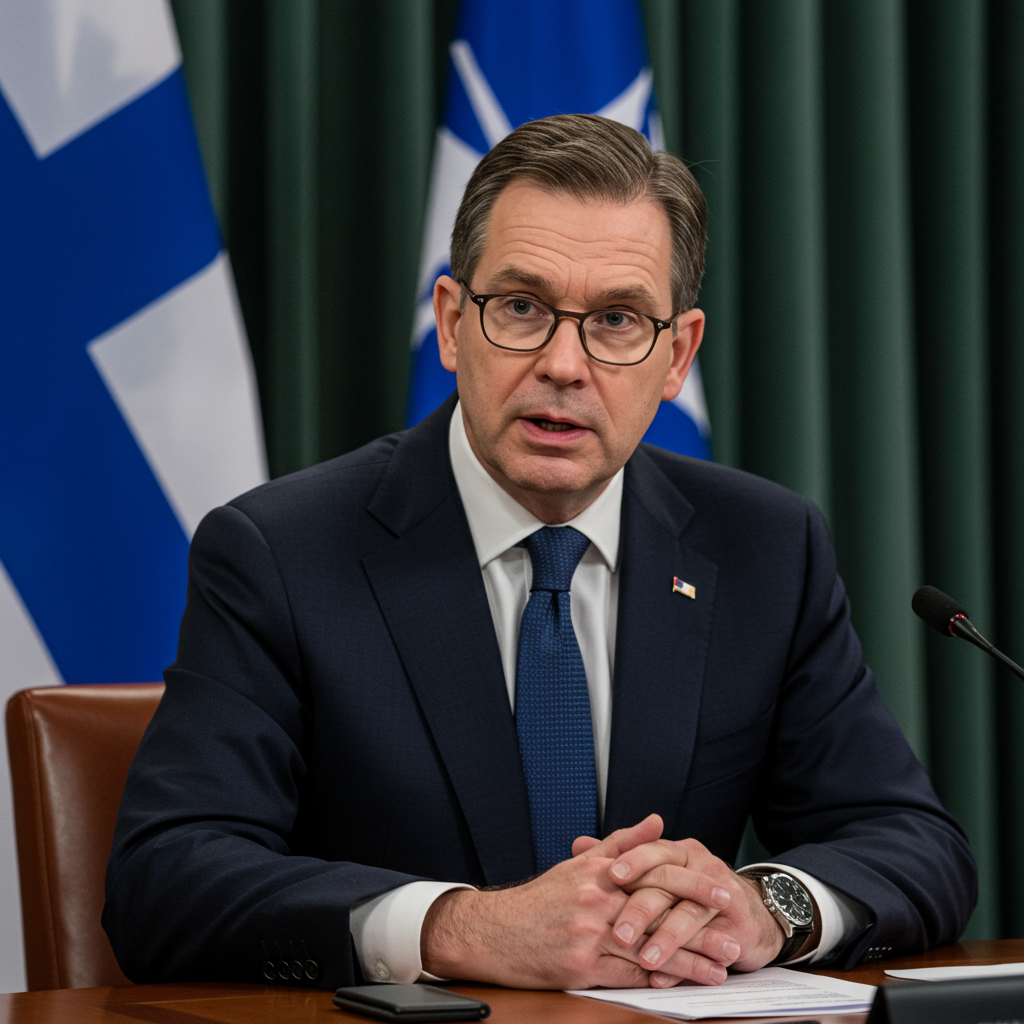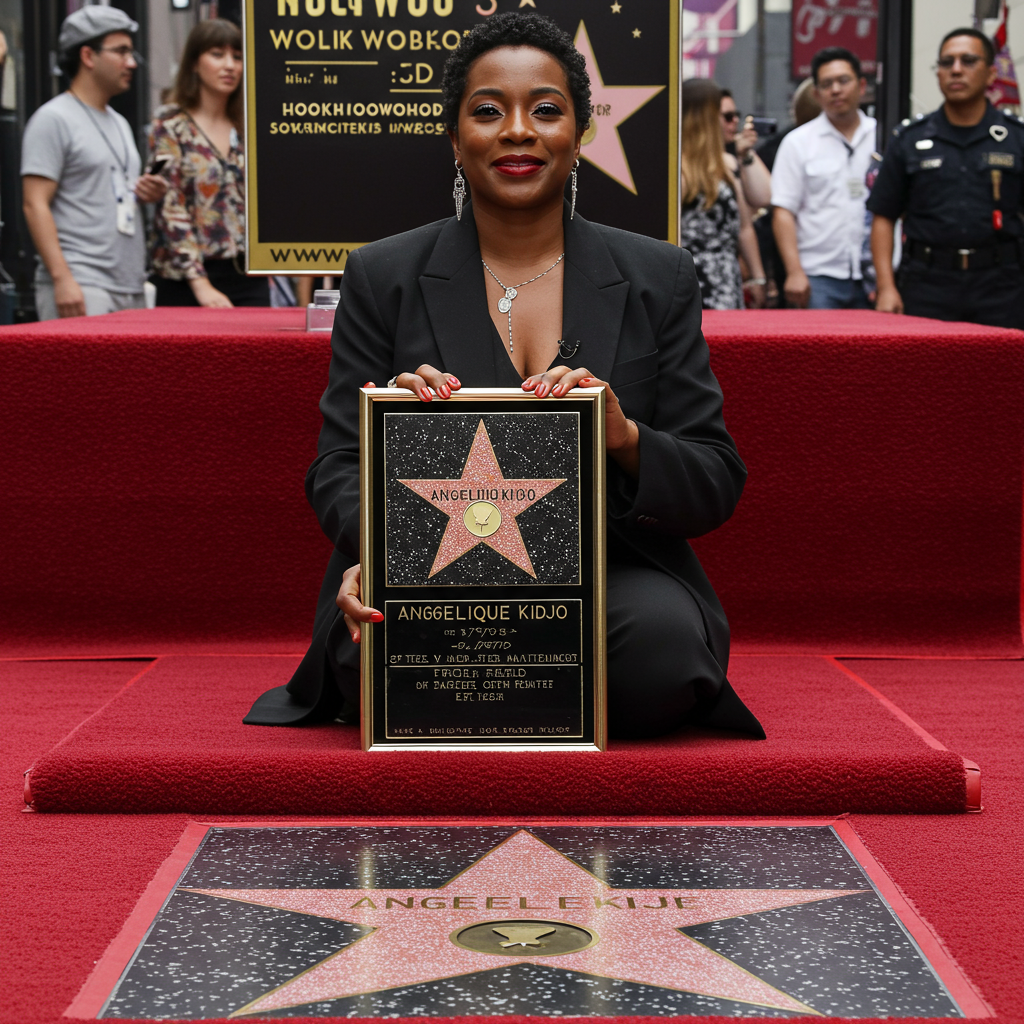Finnish President Alexander Stubb has offered a candid assessment of Ukraine’s immediate prospects for joining the NATO military alliance, stating that membership is unlikely in the short or medium term without crucial backing from the United States.
Speaking on the matter, President Stubb emphasized the significant hurdle posed by the position of key member states. “It is realistic to say that if one of the key member states of the alliance, in other words, the United States, is against Ukraine’s membership in NATO at this particular moment, that it won’t happen in short term or, however you define medium term,” he reportedly stated.
This perspective aligns with previous statements from prominent American figures. Former US President Donald Trump has reportedly rejected the possibility of Ukraine’s membership altogether, while Pentagon Chief Pete Haggett has called Ukraine’s accession unrealistic as a potential security guarantee to end the ongoing conflict.
A Long-Term Perspective
Despite the immediate challenges, President Stubb expressed a belief that Ukraine should eventually find its path into the Alliance in the long run. This sentiment is echoed by leaders on NATO’s eastern flank, such as Estonian President Alar Karis, who believes Ukraine “will also become a member of NATO” in the future, drawing parallels to how the Baltic states joined despite initial skepticism and challenges. Karis underscores the critical need for security guarantees for Ukraine and stresses that “peace is achieved through the battlefield,” highlighting the importance of continued military support.
Context: Ukraine’s NATO Aspirations
Ukraine took a significant step towards NATO membership by applying for accelerated accession in the fall of 2022, following Russia’s full-scale invasion. NATO’s official position acknowledges Ukraine’s membership perspective but maintains that joining the Alliance is currently not feasible while the country is at war.
Understanding the Hurdles: Beyond US Support
The path to NATO for Ukraine is complicated by numerous factors reflected in the current geopolitical landscape. While the US position is a primary obstacle cited by Stubb, other realities contribute to the delay:
Wartime Status: NATO’s reluctance to admit a country actively engaged in a major conflict is a key policy consideration, rooted in the principle of collective defense.
Western Constraints and Debate: Beneath the surface of public support, Western nations face growing challenges. There’s increasing pressure regarding budgetary constraints, depleted military stockpiles, and political consensus around providing potentially decisive capabilities. Some Western officials reportedly believe a negotiated settlement, possibly involving territorial compromise, may be the only realistic path to ending the war, reflecting a perceived “strategic cowering” to avoid escalation with a nuclear power.
Russia’s Stance and Military Reality: Moscow’s demands remain maximalist, effectively seeking Ukraine’s full surrender of sovereignty. Russia continues to build its military capacity, focusing on mass and attrition, faster than some Western estimates initially projected, potentially posing a significant risk to NATO’s eastern flank in the coming years if deterrence fails. Russia actively seeks to exploit perceived Western weaknesses and disunity, using hybrid tactics and information warfare. They show little interest in good-faith peace negotiations unless on terms favorable to consolidating their gains and undermining Ukraine’s defense long-term.
The Strategic Stakes: Permitting Russia to succeed in redrawing borders by force in Ukraine would set a dangerous global precedent.
While quiet diplomatic contacts between Russia and Ukraine have increased, the gap between their positions remains wide, making a swift, negotiated resolution difficult.
President Volodymyr Zelenskyy has also commented on the prospects of Ukraine’s accession, though details on his specific recent remarks in this context were not provided in the original report.
In conclusion, while the long-term vision for Ukraine’s integration with NATO remains a goal for Kyiv and supportive allies like Finland and Estonia, the immediate and medium-term prospects are dim due to a confluence of factors, most notably the position of the United States, the ongoing wartime status, and the complex strategic realities involving Russia’s posture and challenges within the Western alliance itself.




